#33 in Vietnam
Bún Mắm: Basic Information
Pronunciation
Alternative Name(s)
Dish Type
Course
Mealtime
Popular Variations
Bún Mắm: Ingredients and Preparation
Main Ingredients
Main Cooking Method
Preparation Process
Bún Mắm: A Deep Dive
Cultural Significance
Taste
Texture
Aroma
Color
Serving Style
Serving Temperature
Accompaniment
Occasions
Seasons
Special Diets
Calories
Popularity
Popular Similar Dishes
Popular Dining Area
Bún mắm is a Vietnamese noodle soup with a bold and thick broth, given the name Vietnamese gumbo.
In terms of meaning, the word bún refers to the rice noodles only, while the mắm is the defining feature that creates a rich, dark broth.
Inspired by Cambodia, bún mắm has become a traditional specialty in the Mekong Delta in the southwest region.
In Vietnam, locals employ a fish paste made of Siamese mud carp or trichogaster pectoralis, the two types of fish that are abundant in this region.
In the past, bún mắm was a local street food made using simple ingredients for serving as a quick meal.
Usually, Vietnamese will dissolve the thick fish paste and strain it until it is clear. Nowadays, bún mắm comes with extra toppings like fish pieces, shrimp, squid, and even roasted pork.
As for the vegetables, locals like adding shredded morning glory, water lily stem, glinus, shredded banana flower, bean sprouts, or houttuynia cordata.
Don’t forget to dive into the pros and cons of eating bún mắm before learning about the common concerns that people often have about it.
Key Points
Bún Mắm Images
Pros and Cons of Eating Bún Mắm
To enjoy bún mắm, you should be aware of the advantages and disadvantages that others often face when consuming it to prepare yourself:
Pros
Cons
While understanding the benefits and potential drawbacks of Bún mắm is crucial, many also have common queries about this dish. Let’s address some of these concerns.



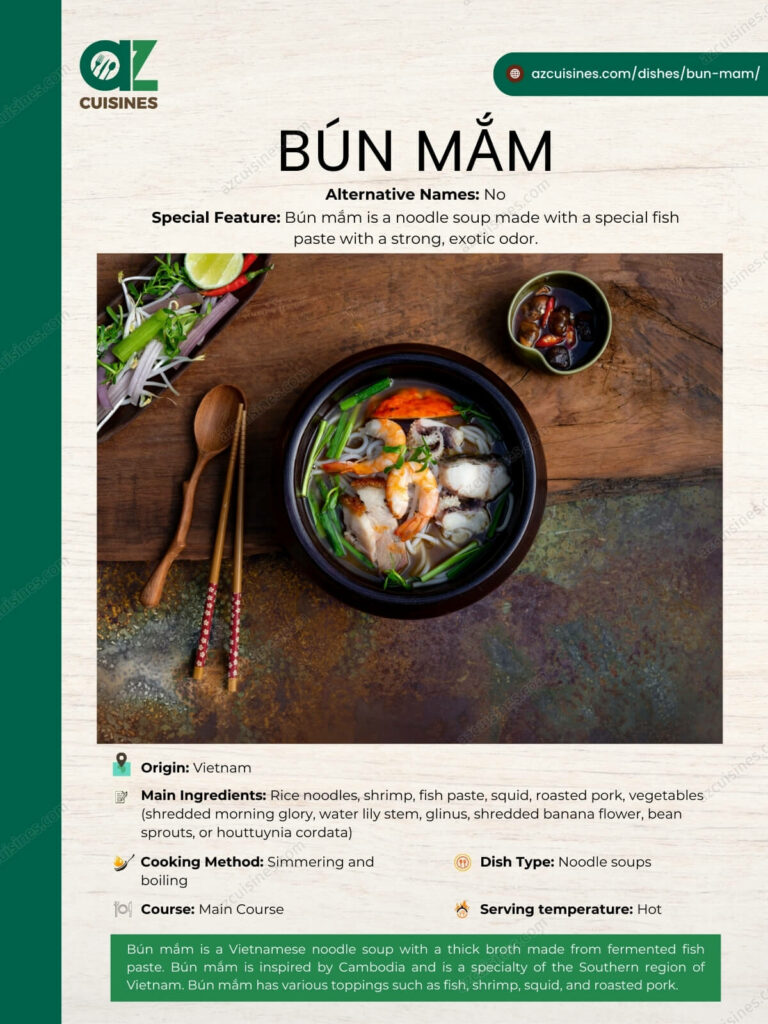
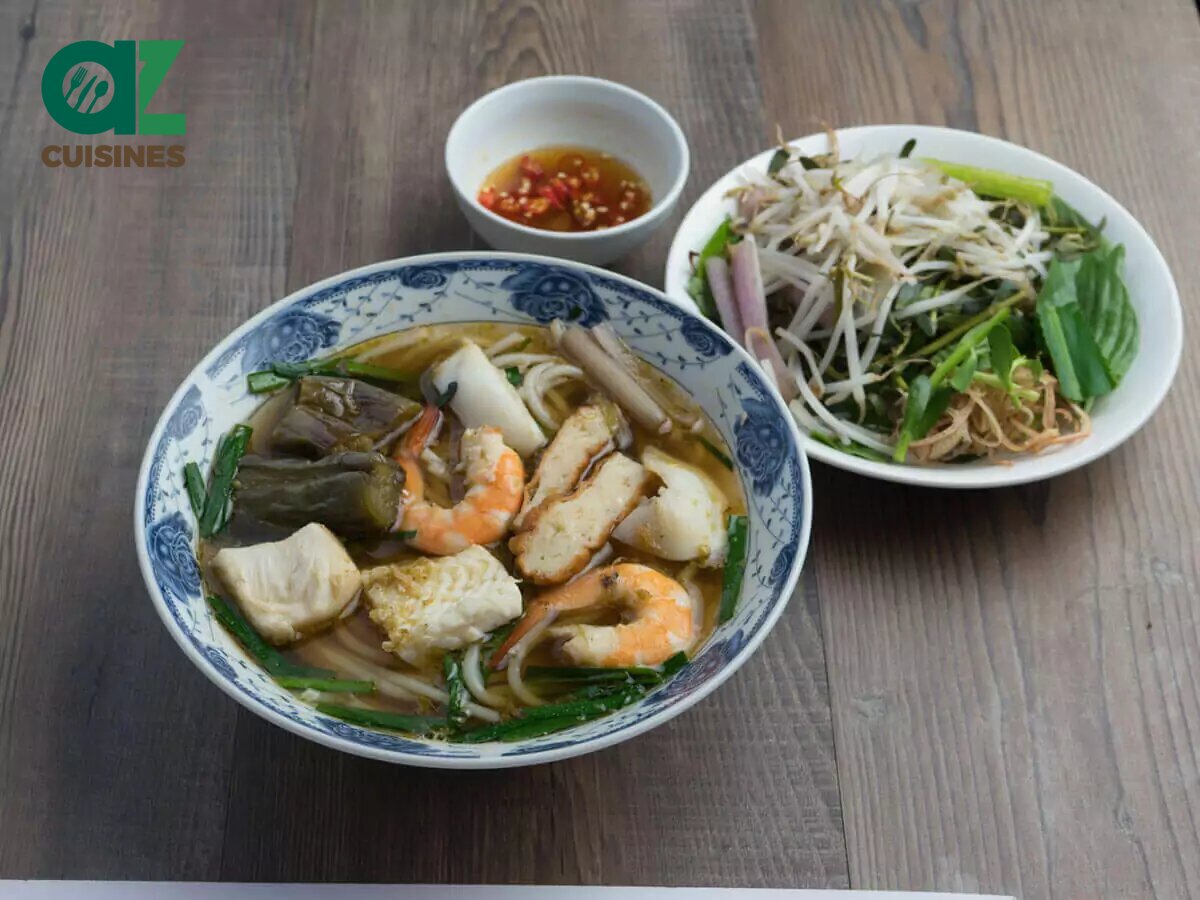
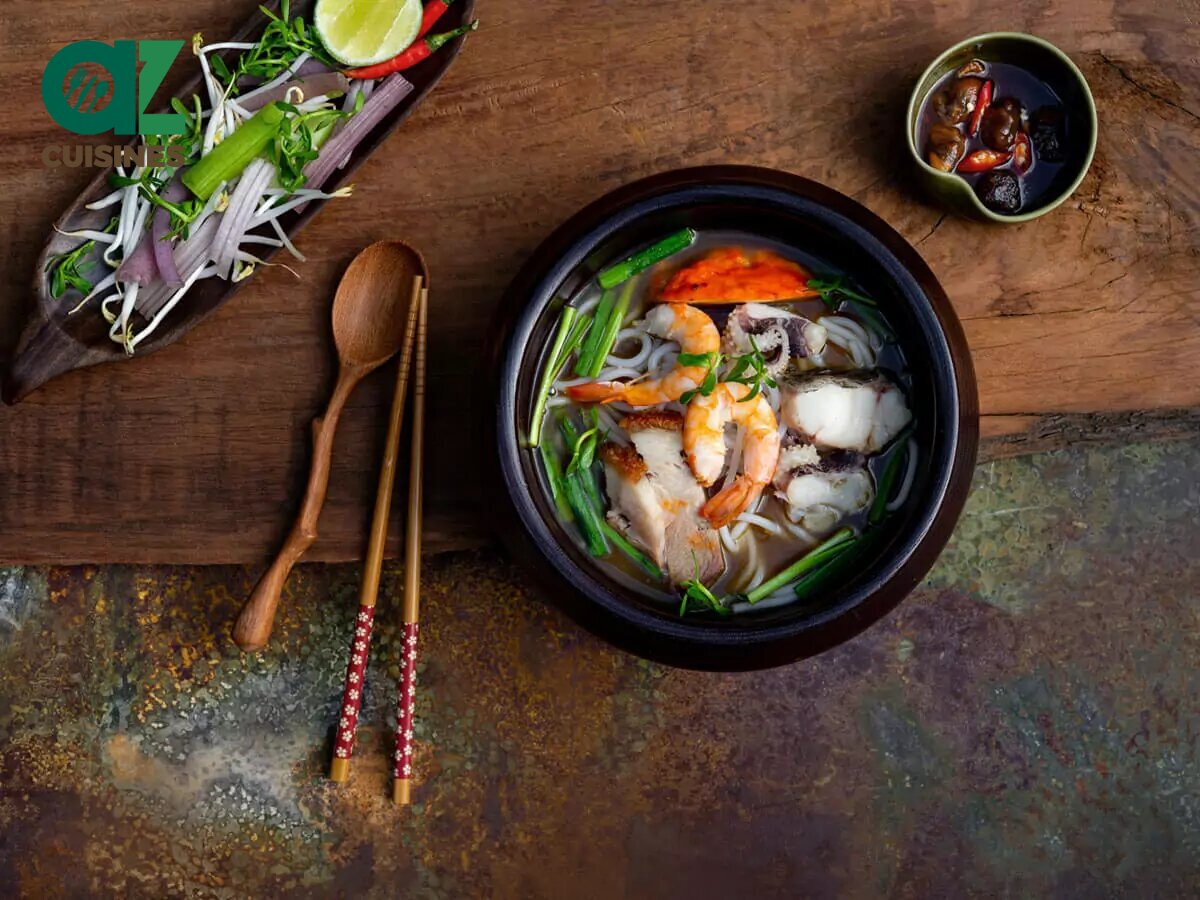

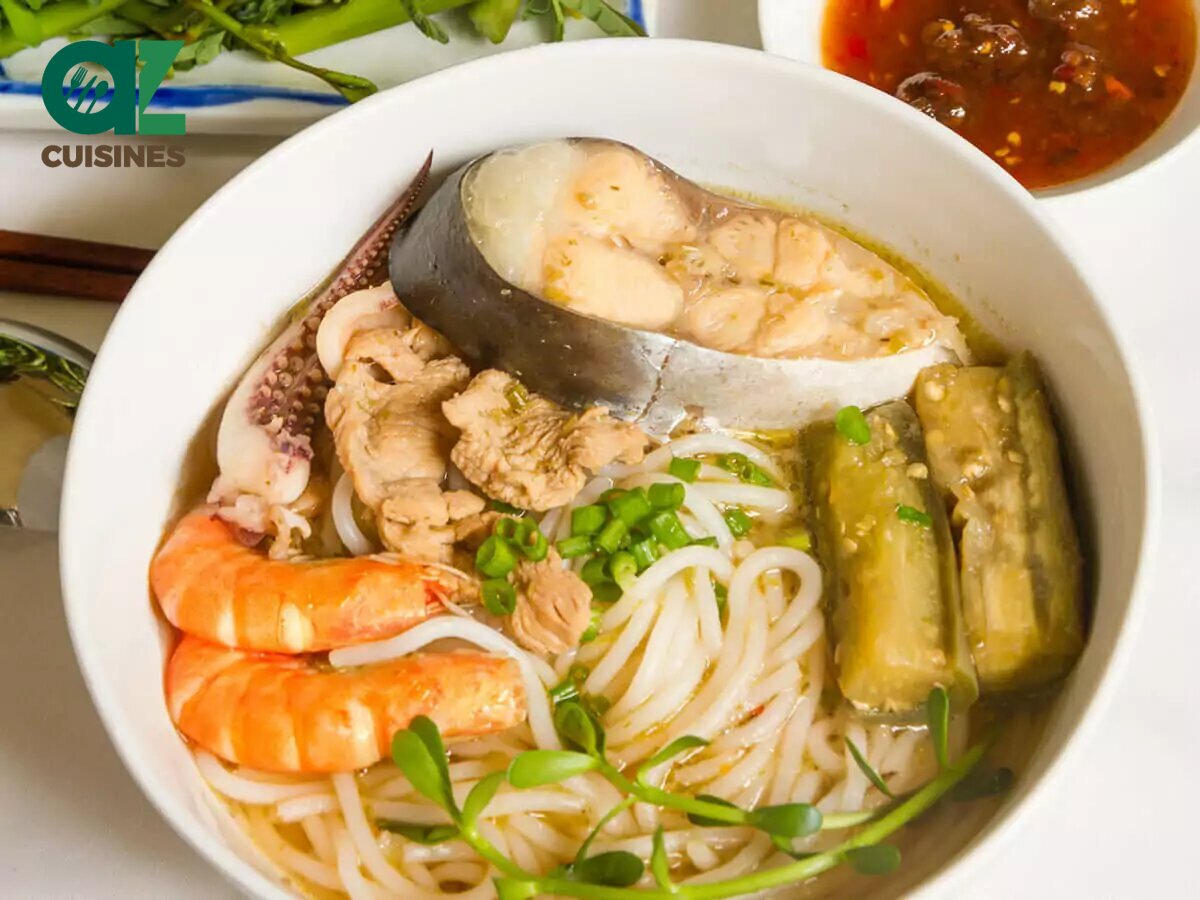

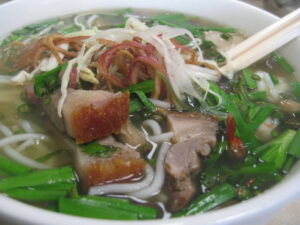
Truc Tran (Kris)
Senior Food Editor
Expertise
Home Cooking, Meal Planning, Recipe Development, Baking and Pastry, Food Editor, Cooking-video Maker, Vietnamese Food Evaluation Expert
Education
Truc Tran (Kris), an experienced food writer and editor, is great at exploring and describing global cuisines, from simple street food to fancy dining. In her writing, she skillfully mixes different flavors, cooking methods, and culinary traditions, showing the unique character of various cultures through their food and drinks. On azcuisines.com, Kris highlights her knowledge, especially in Asian cuisine and worldwide traditional dishes.